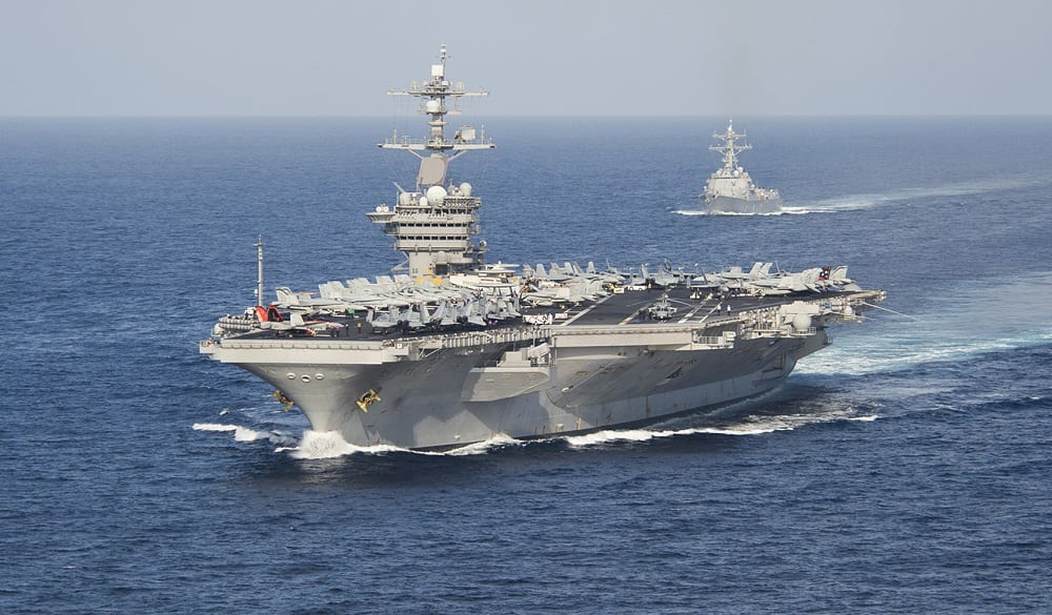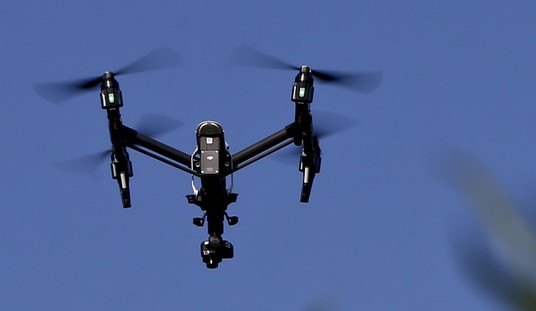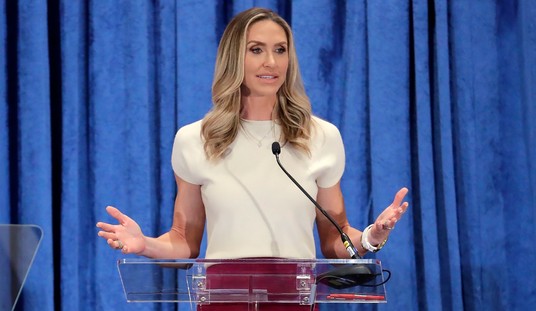A week ago, as things seemed to be heading for infinite war in Korea, we reported on the USS Carl Vinson carrier strike group being diverted from port calls in Australia to a station off the Korean peninsula. Just one slight problem with the story. It never happened.
As worries deepened last week about whether North Korea would conduct a missile test, the White House declared that ordering an American aircraft carrier into the Sea of Japan would send a powerful deterrent signal and give President Trump more options in responding to the North’s provocative behavior.
The problem was, the carrier, the Carl Vinson, and the four other warships in its strike force were at that very moment sailing in the opposite direction, to take part in joint exercises with the Australian Navy in the Indian Ocean, 3,500 miles southwest of the Korean Peninsula.
White House officials said on Tuesday they were relying on guidance from the Defense Department. Officials there described a glitch-ridden sequence of events, from a premature announcement of the deployment by the military’s Pacific Command to an erroneous explanation by Defense Secretary Jim Mattis — all of which perpetuated the false narrative that an American armada was racing toward the waters off North Korea.
By the time the White House was asked about the Carl Vinson on April 11, its imminent arrival had been emblazoned on front pages across East Asia, fanning fears that Mr. Trump was considering a pre-emptive military strike on North Korea. It was portrayed as further evidence of the president’s muscular style two days after he ordered a missile strike on Syria while he and President Xi Jinping of China were finishing dessert during a meeting in Florida.
The saga of the wayward carrier might never have come to light, had the Navy not posted a photograph on Monday of the Carl Vinson sailing through the Sunda Strait, which separates the Indonesian islands of Java and Sumatra. The picture was taken on Saturday, four days after the White House press secretary, Sean Spicer, described its mission in the Sea of Japan.
The Carl Vinson is now on a northerly course for the Korean Peninsula and is expected to arrive in the region sometime next week, Defense Department officials said. The White House declined to comment on the misunderstanding, referring all questions to the Pentagon. “Sean discussed it once when asked, and it was all about process,” said a spokesman, Michael Short.
On the one hand, this is sort of funny in a queasy kind of way. And the explanation is as true as far as I can tell because the US Pacific Command did issue a press release saying that USPACOM commander, Admiral Harry Harris, had ordered the deployment. We have to take, on faith, that some public affairs officer prematurely released the announcement. I suspect the reason that the administration didn’t immediately correct the story was that it was getting signals that the press release had gotten the right attention in the right quarters.
This is not a good way of conducting business. The National Security Adviser, H. R. McMaster, was asked about the deployment by Chris Wallace. In retrospect, you can see he tried to filibuster the question and when that failed he answered the question with a question: “Well, it’s prudent to do it, isn’t it?” All of this is too cute by half. Let’s hope that it doesn’t become a habit.













Join the conversation as a VIP Member